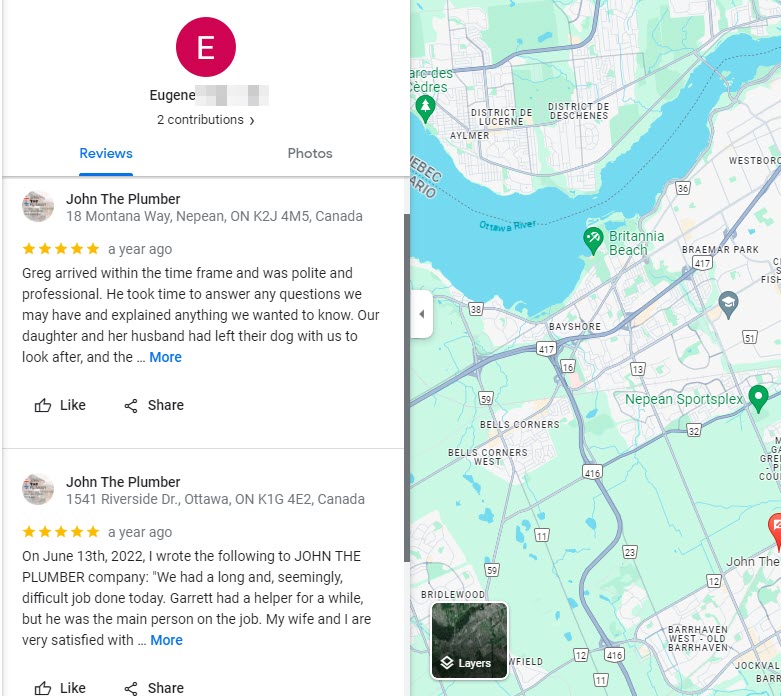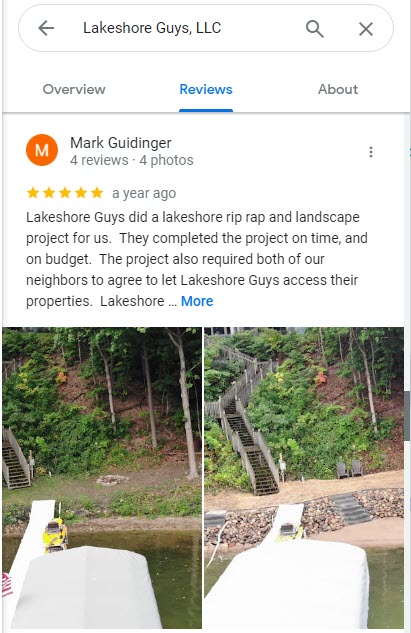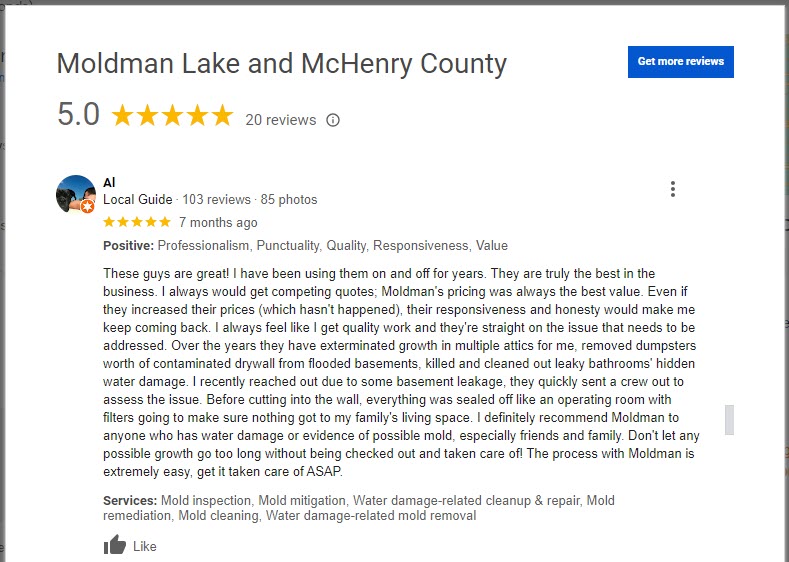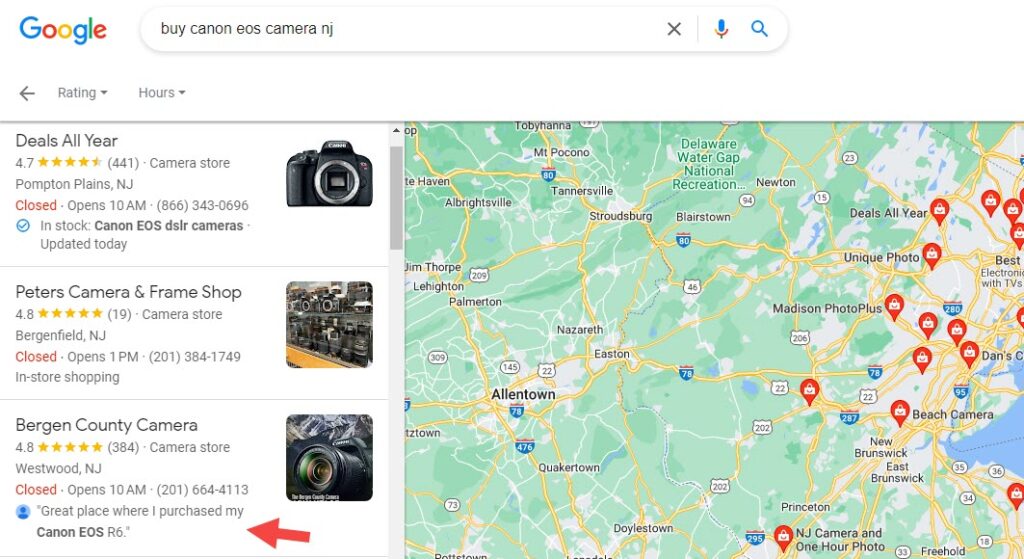In your effort to get reviews that grow your cred and your business, it’s easy to get stale. You ask the same people, in the same way, around the same time, for roughly the same favor. You leave it alone unless and until there’s a big problem or a big gap in your armor. Perhaps out of fear that you’ll try something worse, you won’t try something that might work better. That’s fine SOP, except when you start losing business because your reviews aren’t as plentiful, prominent, or persuasive as they might be or as competitors’ reviews are.
No review-rustling strategy is perfect, and every one of them creates or ignores little problems (with customers, service, policy, competitors, Google, etc.). You can keep those problems nice and small if you put in effort continually. You do that by trying new things and comparing results over time. Here are some strategy tweaks to consider if you want more reviews that yield more wampum:
1. Ask customers to review locations other than the one they visited or that’s nearest to them. Suppose the first location of your business is in Atlanta, and it’s got plenty of customers, and it has 100 reviews (between Google Maps and other review sites). Then you open a location in nearby Marietta, GA, which one day 1 has 0 customers, and 0 reviews. Ask a few of your customers to review the newer location, regardless of whether they interacted with it at all on their way to becoming customers. You’ll get a few reviews up there, which may help you rustle up early customers and avoid a starvation cycle.

2. Send would-be reviewers links to prime examples of reviews from other customers. Just drop it into whatever request you make, in whatever medium you make it: “By the way, in case you’re not sure where best to start, here are a couple of examples of thorough, helpful reviews….
3. Ask a customer’s spouse or similarly close family member for a review, too. Let’s say you created a topiary for Mr. and Mrs. Howell. It graces their estate, they both enjoy it, they both paid you. Who’s the customer? (I’d say both, but not sure it matters.) After thanking one customer for his or her review, do what you can to encourage his or her counterpart to follow suit.
4. Ask happy customers to flag bad Google Maps reviews. For a host of reasons, I don’t suggest trying to remove reviews from customers who have an understandable gripe. I’m referring only to hits below the belt. Google is lax about those, but sometimes removes them if a few people report them. That’s all you’re asking any given customer to do, and it takes about 60 seconds. It’s great if a super-customer spontaneously posts a rebuttal to the other customer’s pot-shot, but you probably shouldn’t ask for one, of course.
5. In thanking a customer for a recently posted review, ask him or her to post the same review or a tweaked version of it on another review site. Yelp followed by Google Maps, Google Maps recycled on BBB or Facebook, Facebook and then Thumbtack, or whatever. It doesn’t need to be original, though it’s a bonus if your customer will take a few minutes to tailor it. I don’t suggest you initially ask customers for reviews on TWO sites, and that’s for two reasons: (a) it’s less daunting for them, and (b) you want to see what the food is like before asking for a second helping. So after a customer has reviewed you on any one site, lay on the gratitude and charm and ask for another dollop.
6. Send customers photos you’d like them to include with their reviews, if they so choose. Maybe they want to include photos, but hate taking photos. Or maybe they have only the “after” shot of their job, but not a “before” shot. Just present it as an option, and in a mellow, no-pressure way.

7. Encourage certain reviewers to revise or update their reviews, especially if they’ve been customers in the years since. (Even Google itself has encouraged reviewers to do that.) A review from a 1-day customer usually isn’t as detailed or persuasive as one from a 5-year customer.

You see, my friend, there are two kinds of customers in this world: those who write reviews right away, and those who need to think on it for a spell.
8. Create a “department” or “practitioner” Google Business Profile page and have customers review that page in addition to your main GBP page. Suppose you’ve got a medical practice, and your patient wrote a review of the firm, but the client also worked with a specific doctor who has his or her own Google Business Profile page. See if your patient is inclined to review Doc, too.
9. Search your Google Maps reviews by keyword. In this post I covered how and why to do that.
10. Search competitors’ Google Maps reviews by keyword. Also covered in the aforementioned post, and in another post from many years ago.
11. Look at your reviewers’ “Local Guide” profiles to see if they worked with a competitor previously, and if they did, let them know they can update their review of the competitor. Is that dirty pool? Only if you play it that way. You can be pretty neutral about it, with a request like: “Thanks so much for your review of us. By the way, I noticed you gave Acme down the street 4 stars before you found us. I’d love to know if you’d still consider that a 5-star experience. You can always update a Google review, whether it’s of their business or of ours.”
12. Where appropriate, encourage customers to mention specific products by name so that the justification shows up in the Google Maps results. (Or specific services, treatments, cases, etc., though Google seems to notice products more easily.)

13. Narrate and transcribe the customer’s review, put it on YouTube and optimize the bejeebers out of it there, and embed it on your site wherever you showcase reviews. You may want or need to ask for your customer’s (or client’s or patient’s) say-so first, of course. As a case study or success story, this can rank for certain “local” search terms in the organic results and in YouTube. The more people who see and are won over by your reviews, the more likely they are to review you when the time comes.
—
I point out the obvious when I say an effective reviews strategy results in more than just a bunch of reviews. It also maximizes the number of reviews that are positive, persuasive, and memorable, that don’t get filtered, and that you want to wheel out on your site. In other words, it’s about quantity and quality. The only counterintuitive part here is that what’s “quality” in your case may change over time. The longer you’re in business, the more people will expect to hear from longtime customers, to hear from someone they think is like them, to see photos, and to see reviews on a range of sites. The expectations rise over time, but your reviews also become more and more valuable over time – first to anyone who ever considers paying you for anything, and in turn to your business.
By the way, please let me know if you’ve seen these suggestions anywhere else, so I can give credit where it may be due.
What about your review-fu? What’s worked for you? What’s a move you’re considering? Leave a comment!


Recent Comments